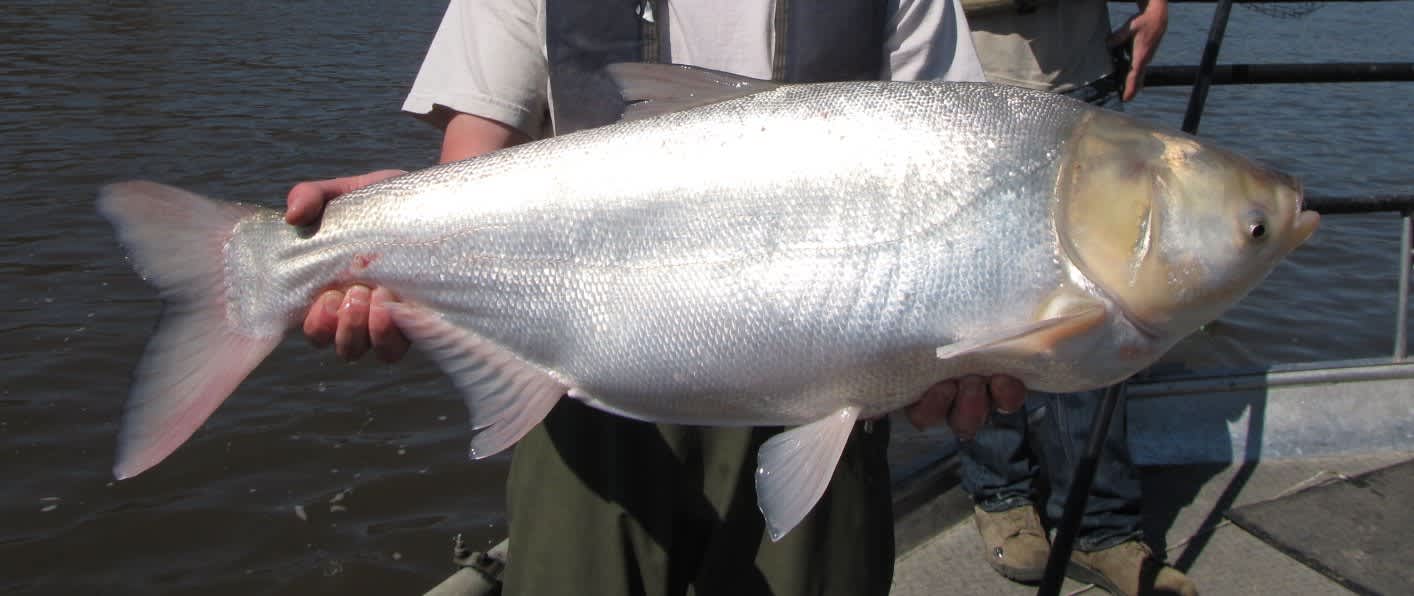Experts Say $1 Million Asian Carp Barrier in Iowa is Successful
OutdoorHub Reporters 08.27.14

In 2011, heavy rain events caused flooding in the Iowa Great Lakes, bringing an unexpected and unwanted guest: Asian carp. With increased water levels, invasive silver and bighead carp swam into East Okoboji Lake and were poised to threaten a $300 million commercial and sportfishing industry. In response, the Iowa Department of Natural Resources (DNR) raised funds for a $956,000 barrier to keep any more fish from entering the lake. According to the Sioux City Journal, officials now believe the barrier has proved to be effective as Asian carp sightings dwindle.
“I’ve never seen one,” local fishing guide John Grovner said. “I’ve never heard of anybody seeing one and I’m out here eight hours a day every day.”
DNR biologists first discovered two bighead carp in East Okoboji Lake, a popular tourist attraction, in August of 2011. Despite intial fears, it was not until a single commercial fishing company caught 55 silver and 82 bighead carp in March of 2012 that the issue came to the forefront. Working with local and state partners, the DNR raised $600,000 for the barrier by April of the same year.
“Our greatest fear is that these fish could impact recreation and the ecology of the lakes,” said fisheries biologist Mike Hawkins in 2012.
The end result was a 21-foot-long concrete barrier installed into the outlet. Although short in length, the barrier contained a total of eight electrodes that killed any fish that tried to pass through. Officials say that so far, it appears to be effective in preventing further incursions by Asian carp.
“We got the upper hand quickly,” Hawkins said recently. “A lot of times there are losing battles.”
Sure enough, the news of the barrier’s success will be a relief to wildlife officials in Minnesota as well. Iowa’s Great Lakes connect to rivers in southwestern Minnesota, and biologists speculated that there was a potential for the invasive species to “backdoor” into the state through the East Okoboji Lake. Even though most of the fish caught in the lake were small, immature carp, the findings prompted Minnesota officials to accelerate carp prevention preparations in the connected waterways.
“We view it as a big threat. …these fish don’t recognize political boundaries,” Minnesota Department of Natural Resources area fisheries supervisor Ryan Doorenbos told the Associated Press in 2012.
The Minnesota DNR states that there are currently no established carp populations in the state, although fishermen occasionally catch carp in state waters.

